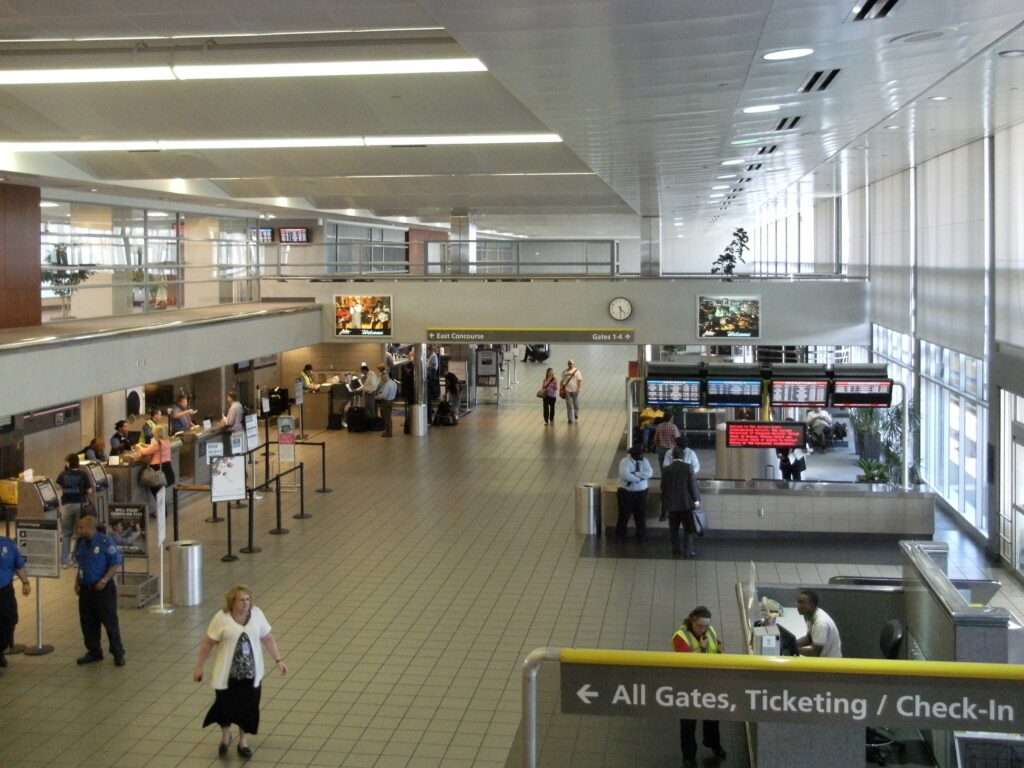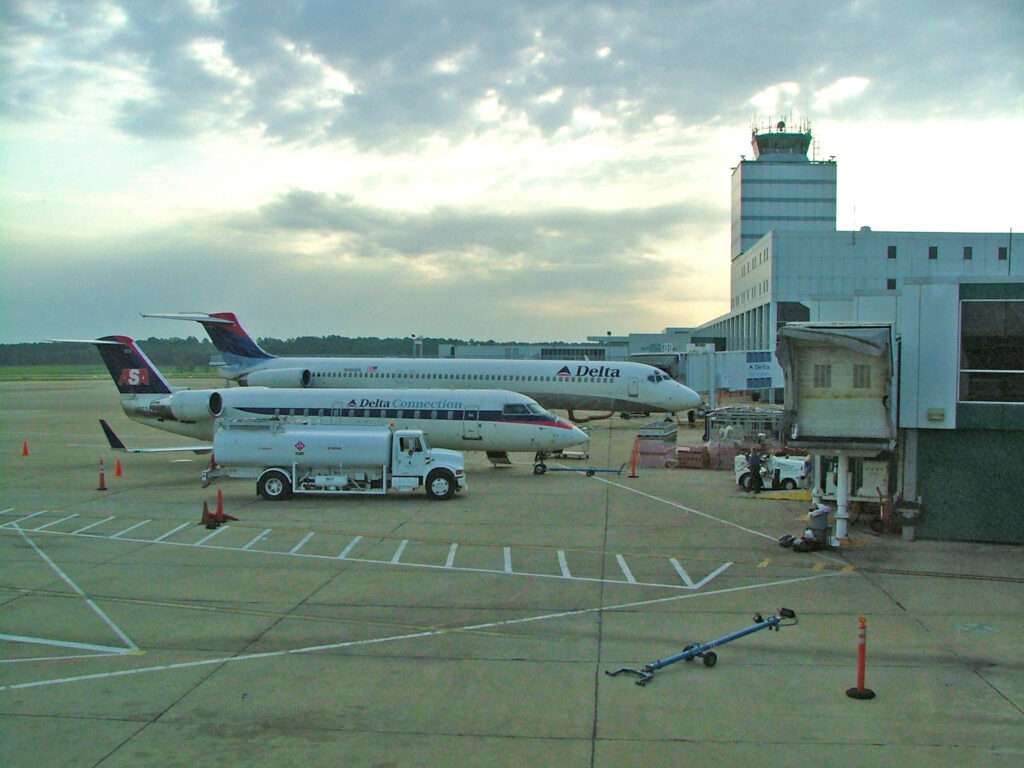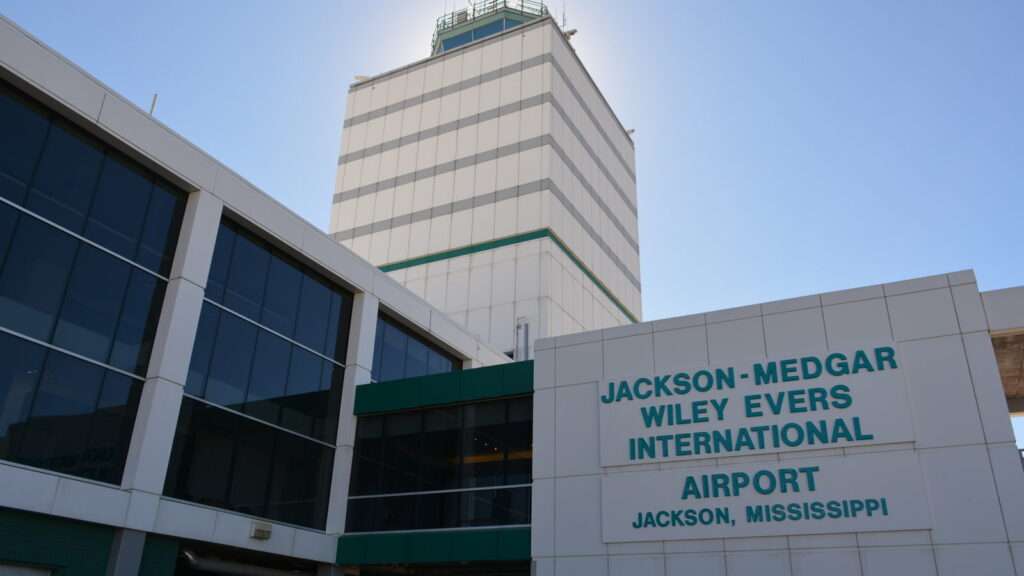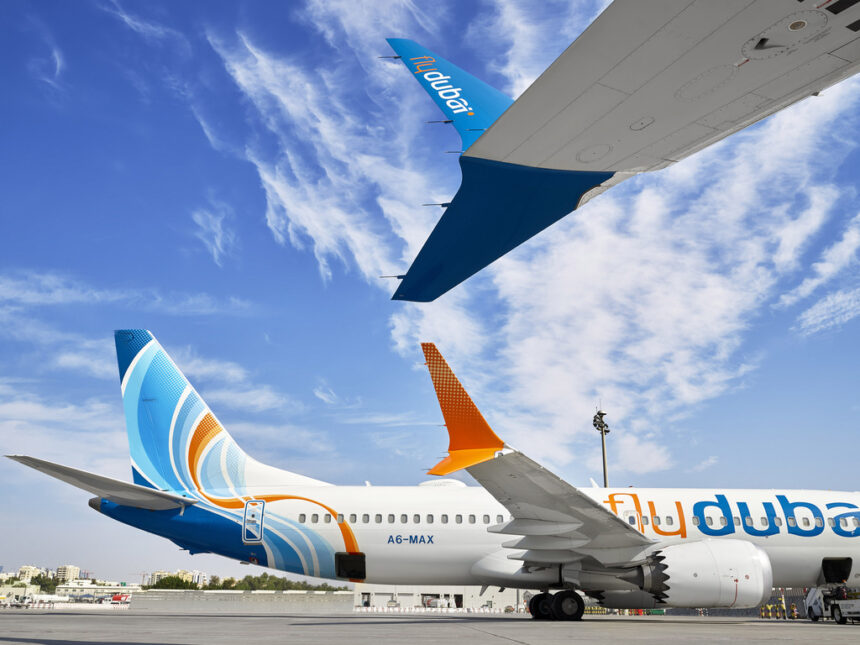Jackson-Medgar Wiley Evers International Airport (JAN), the sole commercial service airport for Jackson, Mississippi, boasts a rich history intertwined with the development of the city and the nation.
Originally a humble airfield, it has transformed into a critical transportation hub, playing a significant role in the economic growth and cultural exchange of the region.
Furthermore, this article explores the fascinating journey of JAN, from its dusty beginnings to its current status as a modern international gateway.
Early Days: The Birth of Eagle Field (1940s)
The story of JAN begins in the early 1940s with the outbreak of World War II.
Recognizing the need for a military training facility in the southern United States, the U.S. Army Air Corps selected a site east of Jackson, Mississippi. Construction on “Eagle Field” began in 1942, with two asphalt runways and several support buildings.
Furthermore, during the war, Eagle Field served as a primary pilot training base.
It churned out thousands of airmen who went on to defend the nation.
Following the war, the City of Jackson saw an opportunity to convert the military airfield into a civilian airport.
Furthermore, in 1945, Jackson Municipal Airport Authority (JMAA) was established to oversee the transition.
Passenger service began in 1946 with Eastern Air Lines offering flights to Atlanta and New Orleans.
The fledgling airport, initially named Jackson Municipal Airport, primarily served regional traffic.
The Jet Age and Expansion (1950s-1970s)
Furthermore, the arrival of the jet age in the 1950s revolutionized air travel.
Jackson Municipal Airport, recognizing the need for longer runways to accommodate jetliners, embarked on a significant expansion project.

In 1963, the runway length was extended to 8,500 feet.
This paved the way for direct flights to major hubs like New York City and Los Angeles.
This expansion coincided with a period of economic growth in Jackson, attracting new businesses and fostering increased travel demand.
Furthermore, the year 1968 marked a pivotal moment in the airport’s history.
It was renamed Jackson-Evers International Airport in honor of Medgar Wiley Evers.
This was named after a civil rights leader assassinated in Jackson two years prior.

The renaming served as a symbolic gesture of unity and progress in the racially charged climate of the time.
Furthermore, the 1970s witnessed further development at the airport.
New terminal buildings were constructed, and the number of airlines serving Jackson continued to grow.
The airport also began to see an increase in cargo traffic.
This solidified its position as a crucial transportation link for the region.
Modernization and Recognition (1980s-2000s)

The 1980s and 1990s saw a continued focus on modernization at JAN.
Furthermore, upgrades were made to terminals, concourses, and baggage handling systems.
The airport also placed an emphasis on passenger amenities, offering a wider selection of restaurants and shops.
In a remarkable achievement, Jackson-Evers International Airport was ranked the 8th best airport in the world by a consumer survey conducted by Airports Council International (ACI) in 2011, the only U.S. airport to crack the top ten.
Recent Developments and Looking Ahead (2010s-Present)
In recent years, JAN has continued to adapt to the evolving needs of the air travel industry.
The JMAA has invested in technological advancements, implementing self-service kiosks and mobile boarding passes to streamline the passenger experience.
Additionally, the airport has pursued initiatives to promote sustainability, with a focus on energy efficiency and reducing its environmental footprint.
Looking ahead, JAN remains committed to playing a vital role in the economic development of Jackson and the surrounding region.
Plans are underway for further expansion, including the potential addition of new gates and facilities to accommodate future growth.
The airport also continues to explore opportunities to attract new airlines and destinations, further enhancing connectivity for travelers.
Jackson-Medgar Wiley Evers International Airport’s journey from a wartime airfield to a modern international gateway reflects the city’s growth and transformation.
As JAN enters a new chapter, it stands as a testament to the power of innovation, community investment, and a commitment to serving the needs of travelers for generations to come.

Click the banner to subscribe to our weekly newsleter.

Click the photo to join our WhatsApp channel so then you can stay up to date with everything going on in the aviation industry!









